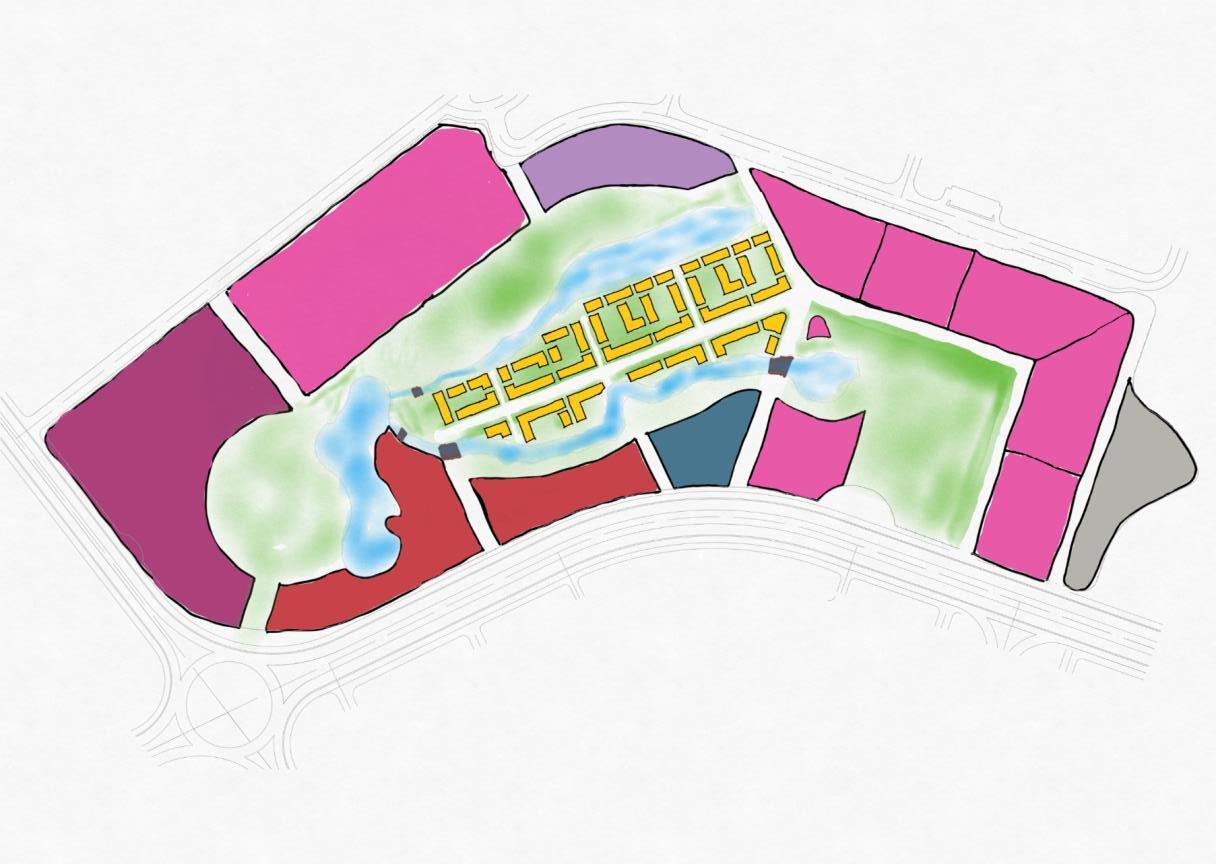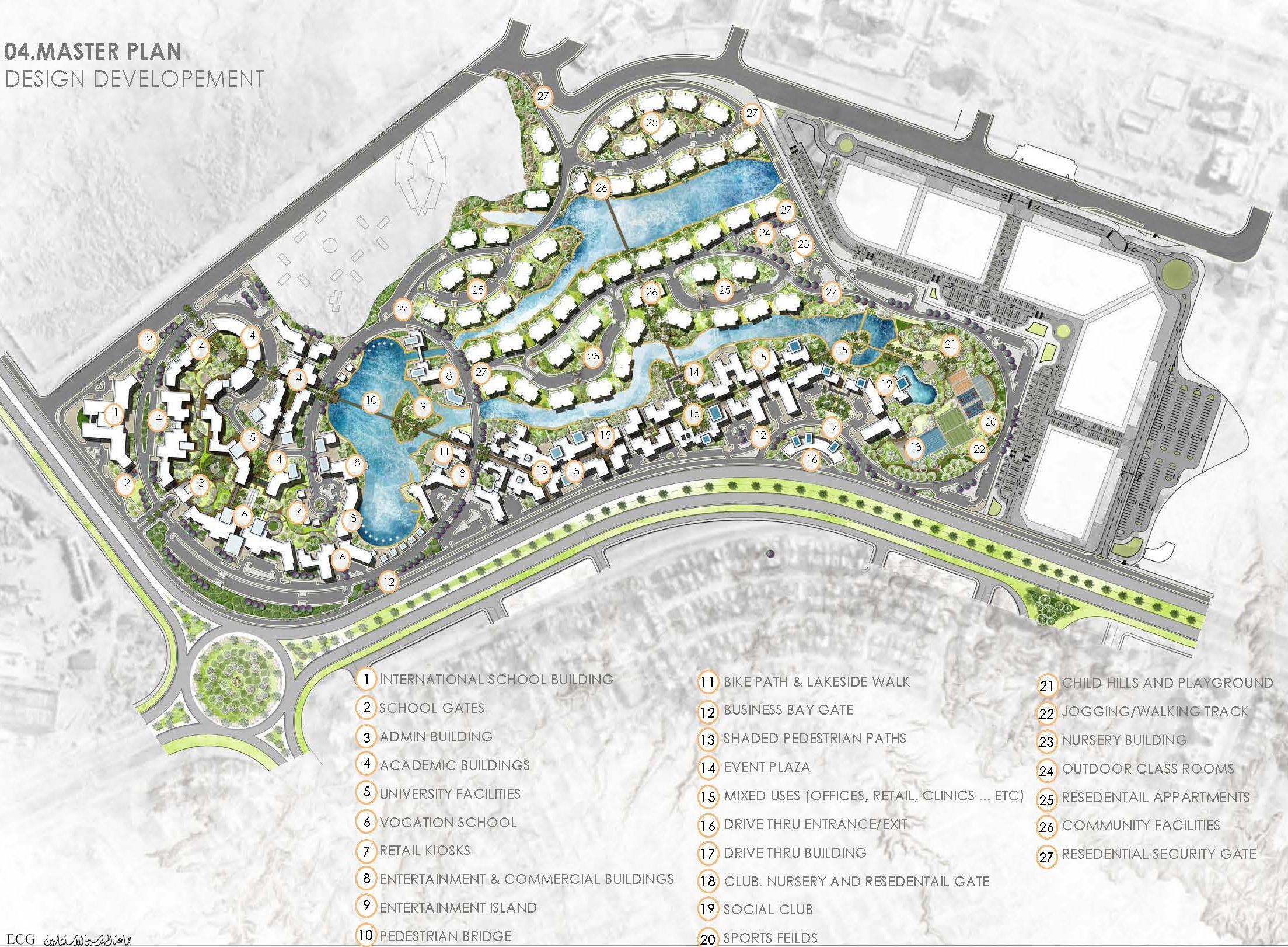COLLYHURST TOWER YearIIIFinalProject ACADEMIC WORK:
CONSTRUCTION FIRM HEADQUARTERS Architecture&InteriorDesign
ALLEGRIA FAMILY HOME Architecture&LandscapeDesign
AL ULA OLD TOWN BOUTIQUE HOTEL MasterPlan&UrbanDesign

COLLYHURST TOWER YearIIIFinalProject ACADEMIC WORK:
CONSTRUCTION FIRM HEADQUARTERS Architecture&InteriorDesign
ALLEGRIA FAMILY HOME Architecture&LandscapeDesign
AL ULA OLD TOWN BOUTIQUE HOTEL MasterPlan&UrbanDesign
In the ‘Infrastructure Space’ Year 3 studio atelier we researched the socioeconomic, environmental, and infrastructural frameworks of space. The site was an obsolete Telephone Exchange which had fallen into disuse due to technological obsolescence. The area’s residents faced increasing risk from displacementduetogentrifyingregenerationprojects.
I created a solid vertical core from which a dynamic set of functional spaces would grow organically over time. This process, inspired by the metabolist movement, included a regenerative vision for the surrounding landscape. I created a masterplan which includes housing, an industrial zone and a new Collyhurst town-centre. The tower itself emerges deformed and imperfect, a satirical critique of the bland residential towers of Manchester’s neoliberal development.
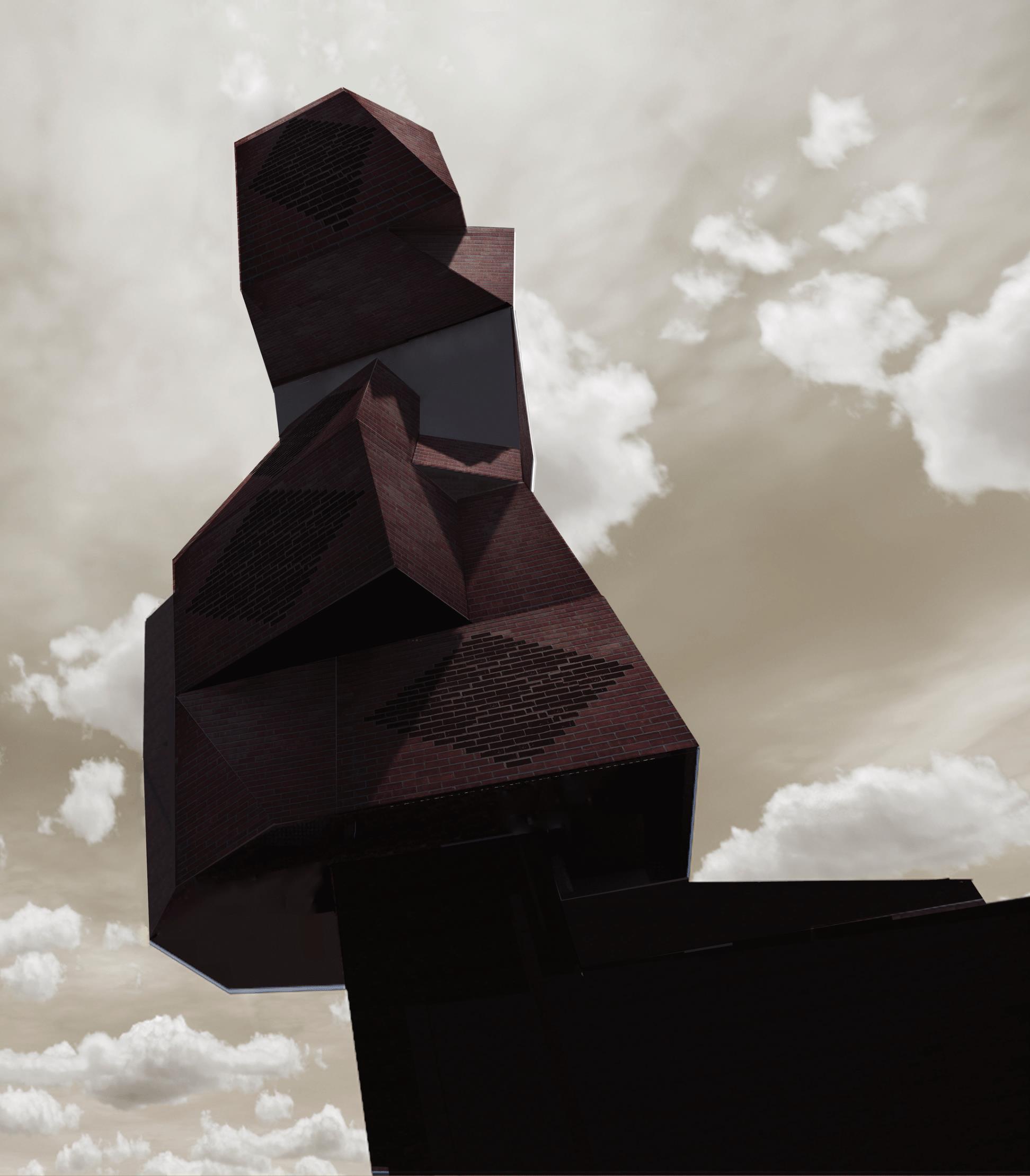
The client wanted a relaxed and calming office space that would be a permanent workspace for 60+ employees. The space also needed to represent thecompany’sprogressivebrandanditsuniqueprofessionalcultureandethos.
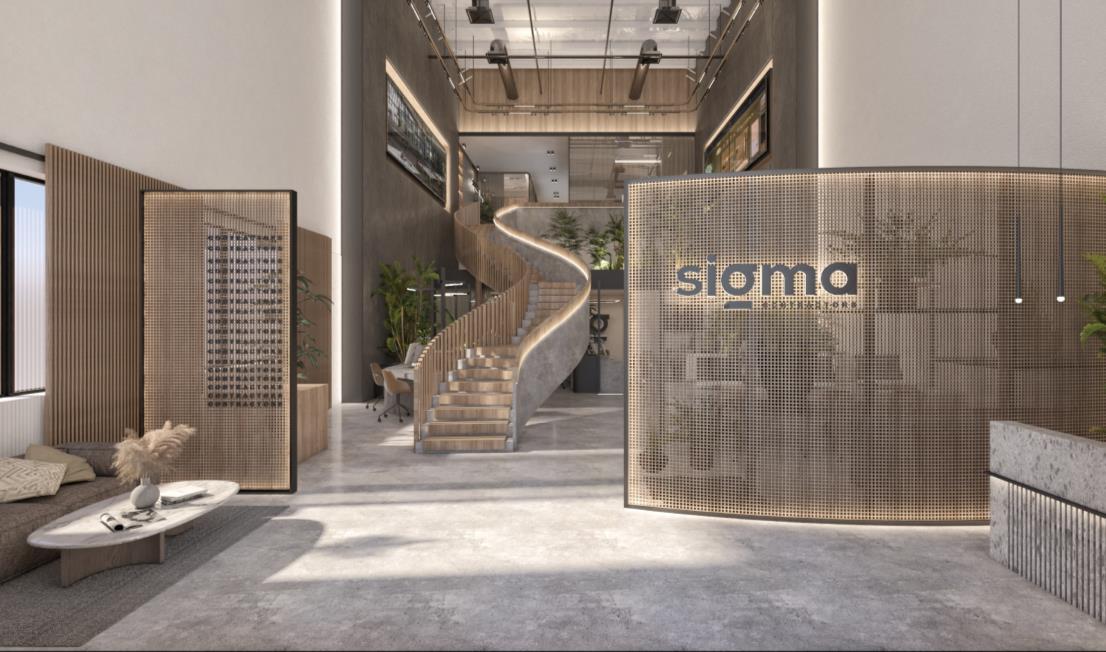
A ground floor open working space welcomes users into the space with custom built-inworkstations,allequippedwithstoragespacesandlightingfixtures.The workbenches are organized along a modular grid, and flank a snaking staircase which leads up to the mezzanine. The mezzanine contains private offices for the CEO, management and the accounting department. A grand double-height entrance welcomes users into the space while wooden partitions create privacy for the workers. The structure is a simple steel beam system with horizontal bracing that allow for an exceptionally long-span structure. Ancillary spaces like toiletsandakitchenettearestackedtothebackendofthegroundfloor.
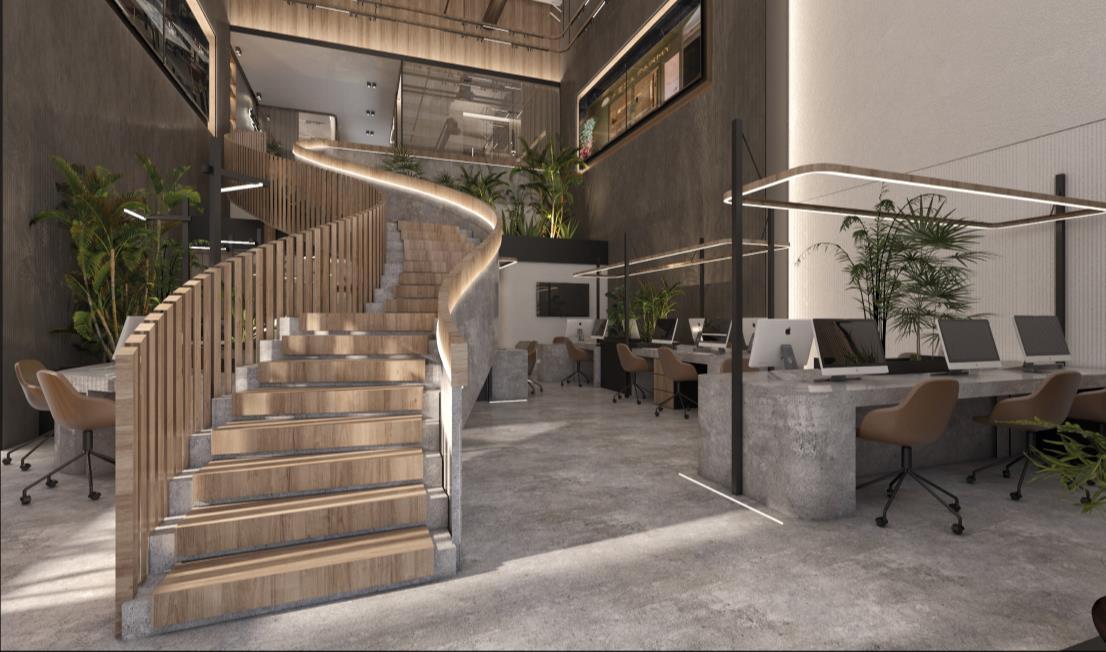
The client wanted an elegant home that him and his wife could retire in. They felt inspired by the motifs and forms of Islamic architecture and they needed a home that could, at a laterdate, besplit into two separateapartments for each oftheir children (a 1ST floor apartment and basement apartment) witha shared groundlevel.
DrawingfromthevernacularheritageofMamluk Cairo,thedesignofthishome’s external form was informed from within. It respects, with humility, the aesthetic and structural properties of the earth’s natural materials. I worked with the existing form when possible to create a design that is both delightful and functional. The facades employ a confluence of simple natural materials; clayplaster, glass and wood detailing. The facades employ a confluence of simple natural materials; clay-plaster, glass and wood detailing. A pebbled vegetable garden, domed annex, shaded and exposed finaa’s (Dividing Courtyards) and waterfountainsallsurroundthehome.
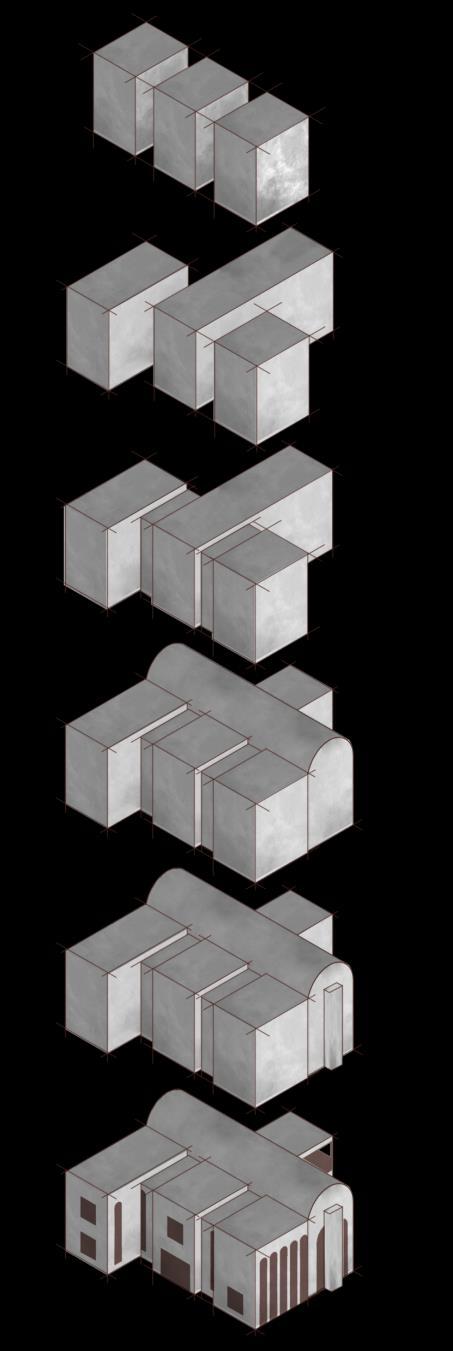
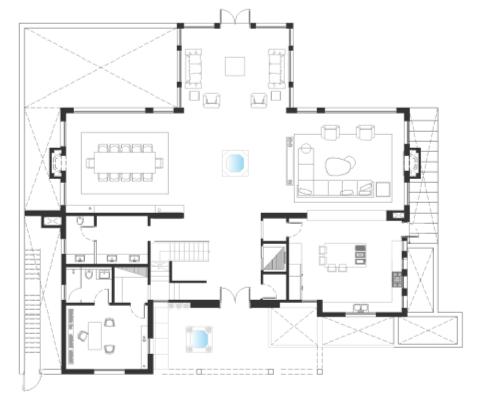
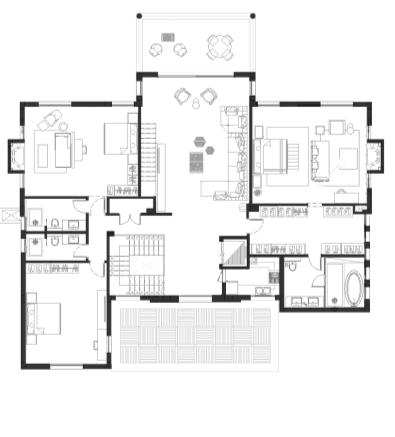
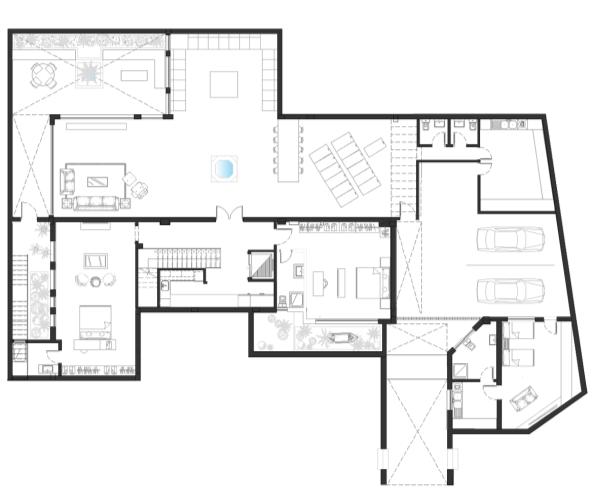
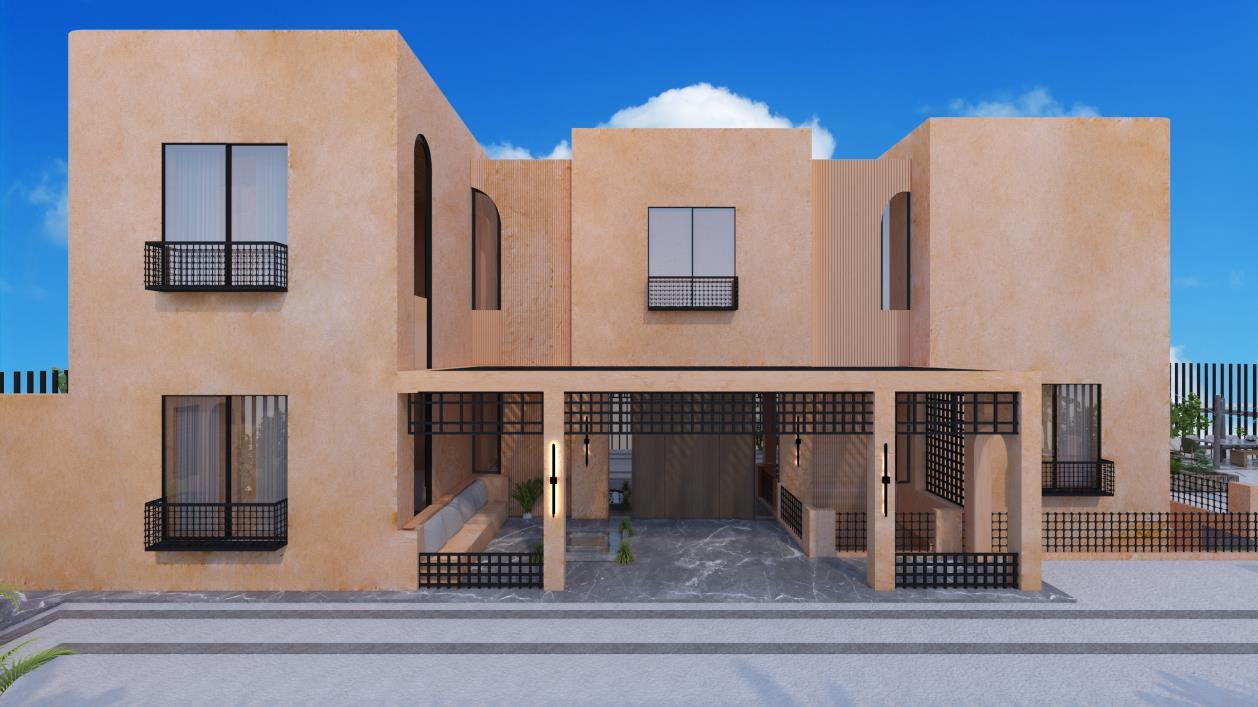
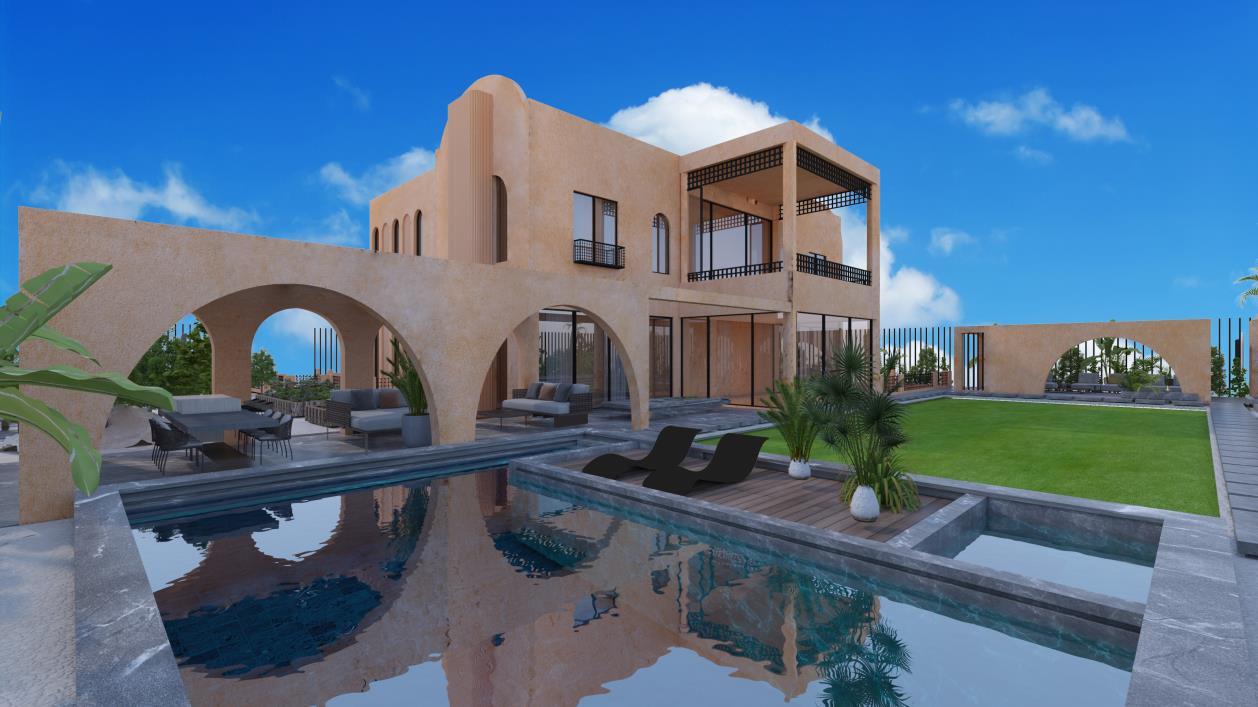
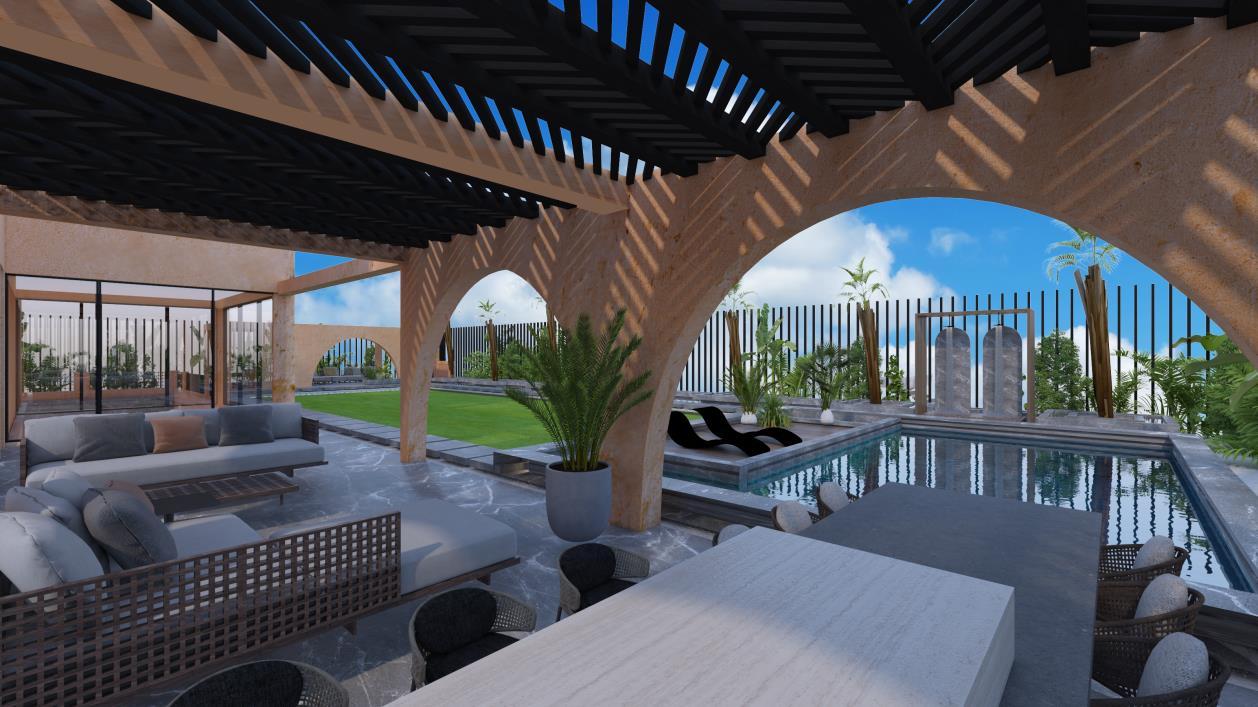
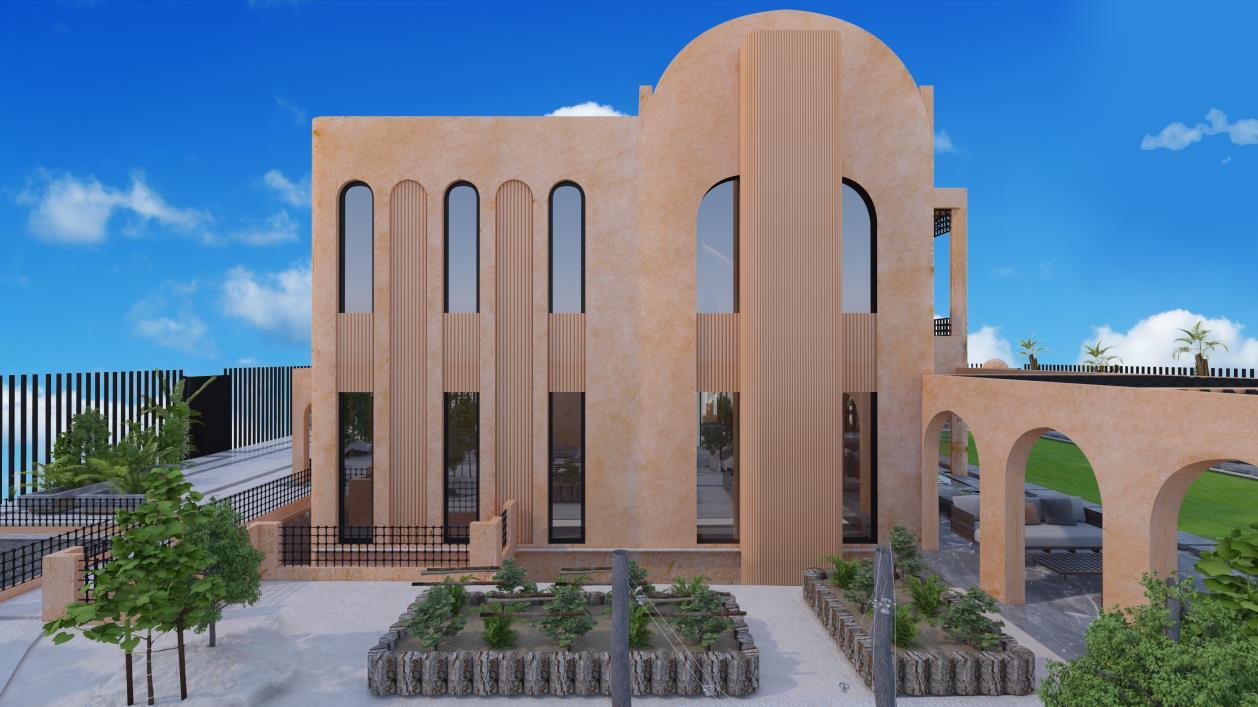
OurscopefortheOldTownBoutiqueHotelismainlythemasterplanandzoning.
The hotel needs to be designed and regenerated in accordance with the Al Ula ‘Journey Through Time’ vision. It is a critical part of the Cultural Oasis District (COD) and will activate the main Old Town commercial spine called the Incense Road.
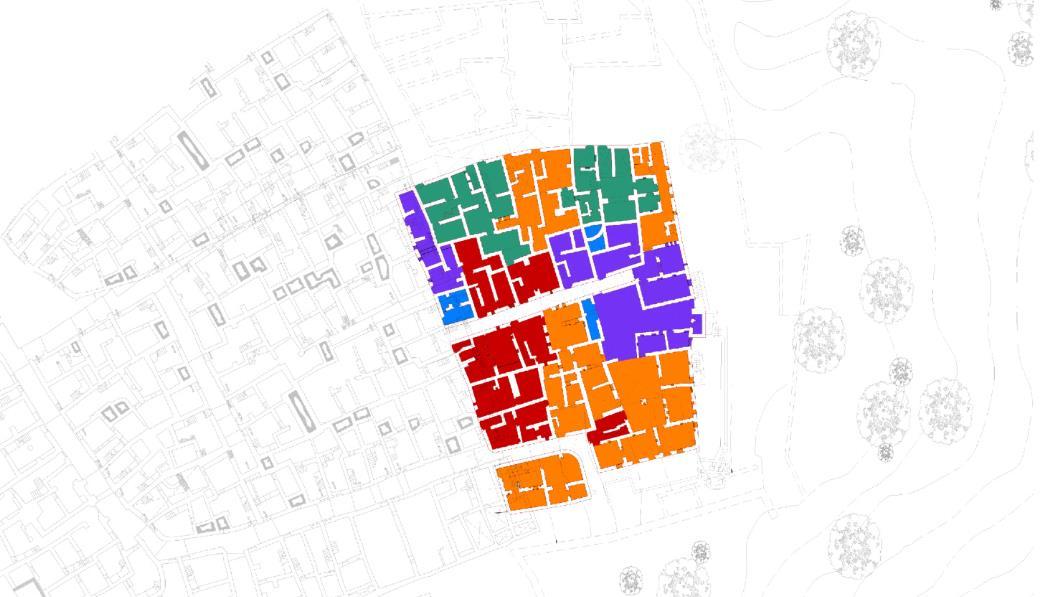
We approached this project as an urban regeneration project with conservation at its core. As such, an adaptive re-use methodology guidebook will be developedandstrictlyadheredtobyallparticipatingpartiesinordertopreserve the heritage site and ensure its longevity throughout design, construction and use. Key allocations will be made to integrate the local community into the hotel’s user experience strategy. The five key attractions of the hotel driving our design development are as follows: natural beauty, history and heritage, luxury and excellence, and archeological tourism.
Main Entrance
Tantoura Square
Back of House Administrative
Front of House
Recreational
Residential
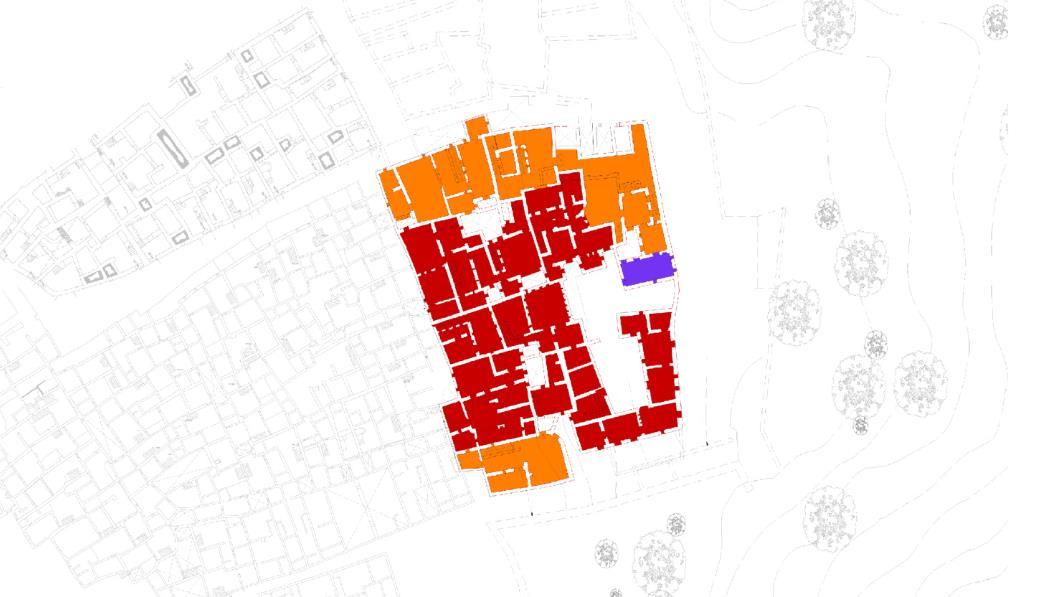
Back of House
Recreational
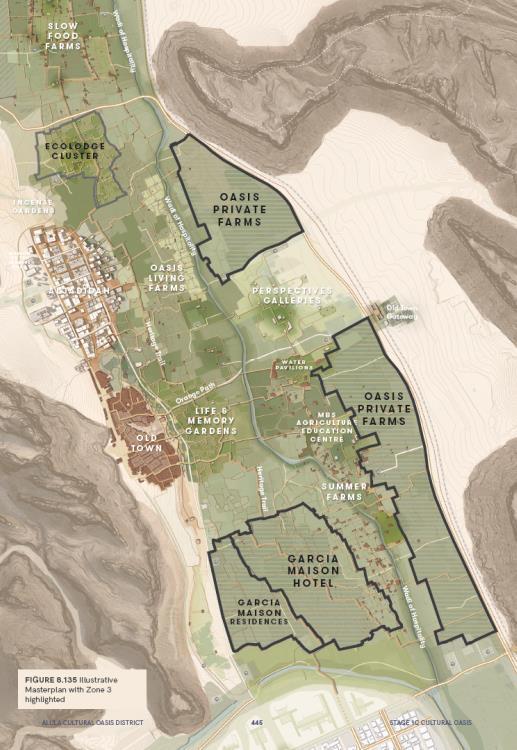
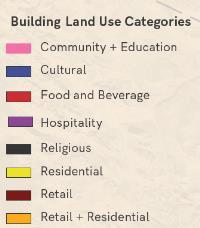
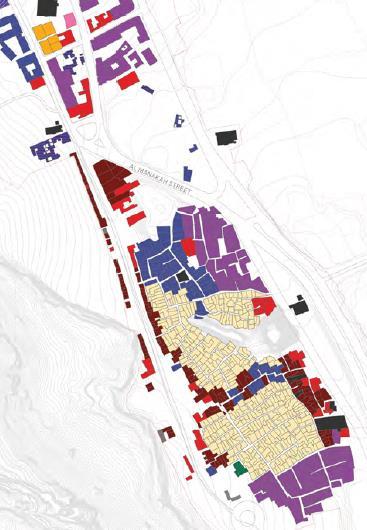
Adaptive Re-use Methodology Guidebook:
Sample of Research & Findings
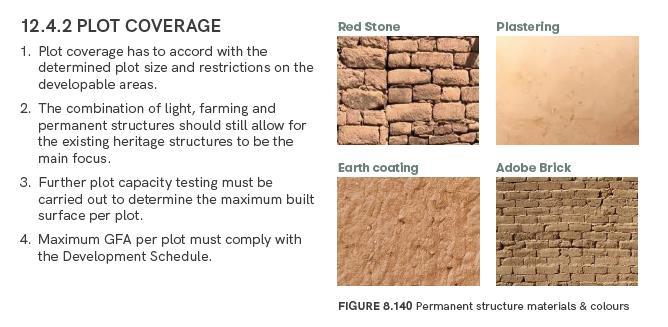


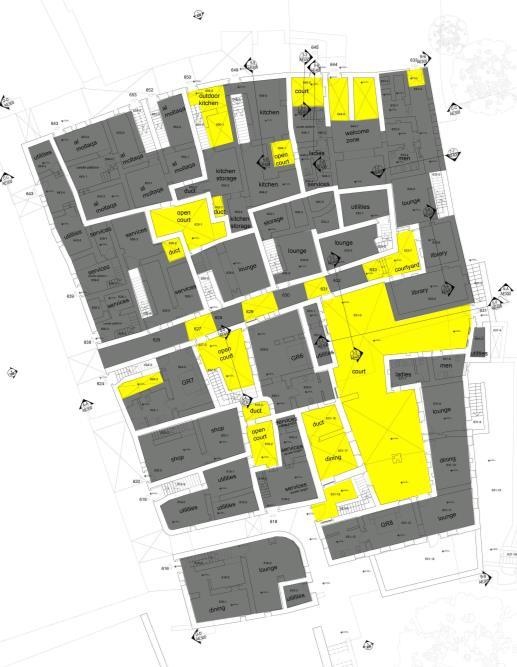


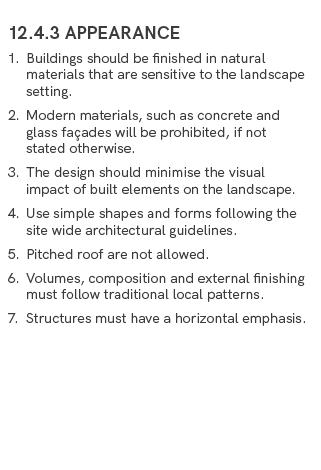
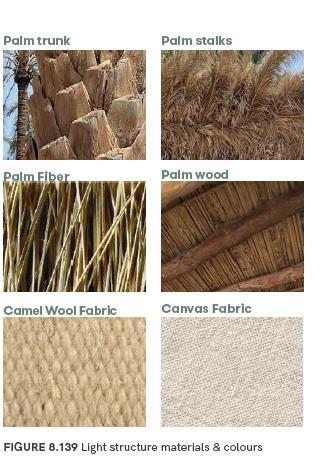
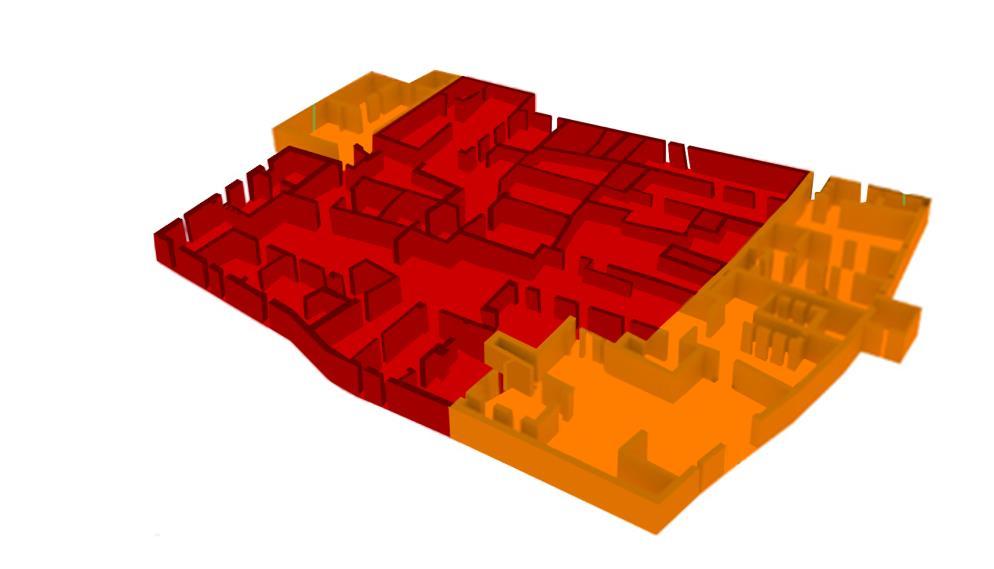

Master plan design for the existing 100 acre property to be developed into a mixed-use development including commercial, recreational, residential, hospitality, medical, and educational components. Scope of work: Concept Design and Master Plan.
A central residential/commercial zone is surrounded by a protective park, with lagoons and native plant species and pedestrian walkways. An education hub and sports club (Health Park) occupy the Eastern segment of the site and all flank a smaller Valley Garden. The Western segment houses Higher Education institutions like the university, vocational training school as well as the business districtand ‘TheVillage’ (Recreationalhub).
